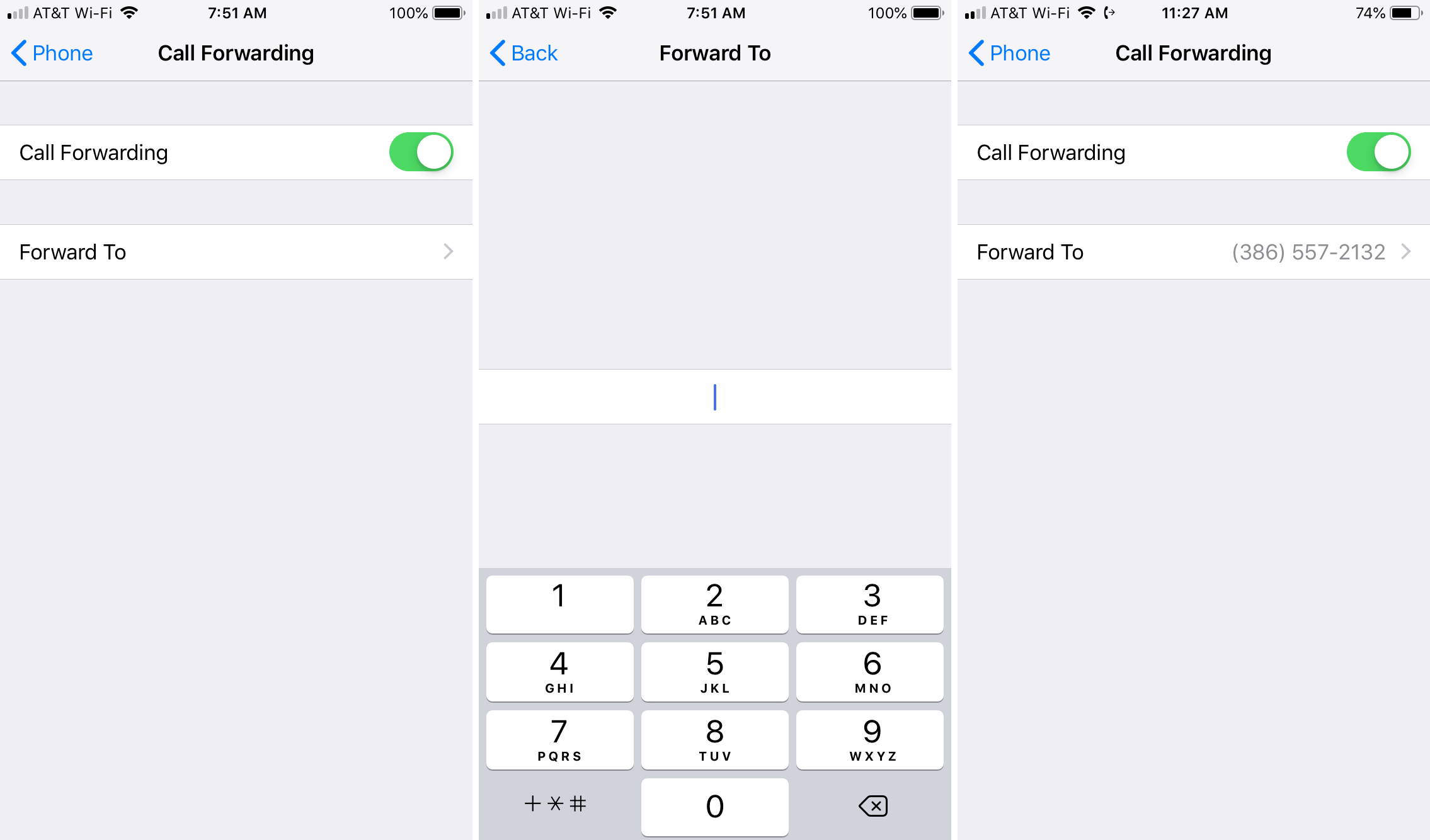
Introduction
In today's fast-paced world, staying connected is crucial. Whether you're expecting important calls or need to manage business communications, call forwarding can be a lifesaver. This guide will walk you through the process of setting up call forwarding on both Android and iPhone devices. We'll cover the steps in detail, including any specific settings or considerations for different devices and carriers.
Why Use Call Forwarding?
Call forwarding allows you to redirect incoming calls to another phone number. This can be particularly useful when you're busy, traveling, or unable to answer your phone. It ensures that important calls don't go unanswered, whether you're using an Android or an iPhone.
Setting Up Call Forwarding on Android
General Steps
- Open the Phone App: Locate and open the Phone app on your Android device.
- Access Settings: Tap on the three-dot menu icon at the top right corner of the screen to open a menu, then select "Settings."
- Navigate to Call Forwarding: In the settings menu, look for "Supplementary Services" or "Calling Accounts." The exact label may vary depending on your device and carrier.
- Select Call Forwarding: Tap on "Call Forwarding" in the supplementary services section.
- Choose Your Forwarding Option: You'll see four options:
- Always Forward: Forwards all incoming calls to the specified number.
- Forward When Busy: Forwards calls only when your line is busy.
- Forward When Unanswered: Forwards calls if you don't answer them.
- Forward When Unreachable: Forwards calls if your phone is off, in airplane mode, or has no signal.
- Enter the Forwarding Number: Select your preferred option and enter the phone number where you want your calls to be forwarded.
- Confirm the Settings: After entering the number, tap on "Turn On" or "Save" to activate call forwarding.
Specific Steps for Popular Devices
Google Pixel Pro 8
- Open the Phone app.
- Tap on the three-dot menu icon at the top right corner.
- Select "Settings" > "Calling Accounts" > [Your Mobile Provider] > "Call Forwarding."
- Choose your desired forwarding option and enter the number.
- Tap "Turn On" to activate call forwarding.
Samsung Galaxy S21
- Open the Phone app.
- Tap on the three-dot menu icon at the top right corner.
- Select "Settings" > "Supplementary Services."
- Tap on "Call Forwarding from SIM1 or SIM2" and then select "Voice Calls."
- Choose your desired forwarding option and enter the number.
- Tap "Turn On" to activate call forwarding.
Setting Up Call Forwarding on iPhone
General Steps
- Open Settings: Locate and open the Settings app on your iPhone.
- Navigate to Phone Settings: Scroll down and find the "Phone" option under the "Settings" app.
- Access Call Forwarding: Tap on "Call Forwarding" to enable this feature.
- Toggle On Call Forwarding: Turn on the toggle switch next to "Call Forwarding."
- Enter the Forwarding Number: Tap on "Forward To" and enter the phone number where you want your calls to be forwarded.
- Confirm the Settings: After entering the number, a call forwarding icon (a phone receiver with an arrow) will appear in your status bar, indicating that call forwarding is active.
Specific Considerations
- Carrier Support: Ensure that call forwarding is included in your carrier plan. If it's not, contact your carrier to add it.
- Data Requirement: You must be in your cellular network range when setting up call forwarding on an iPhone.
- Conditional Forwarding: Apple doesn't offer a built-in conditional call forwarding option, but some carriers may allow this feature by dialing a specific code.
Turning Off Call Forwarding
On Android
- Open the Phone app.
- Tap on the three-dot menu icon at the top right corner.
- Select "Settings" > "Supplementary Services" > "Call Forwarding."
- Turn off the option(s) you want to stop.
On iPhone
- Open Settings.
- Navigate to Phone > Call Forwarding.
- Toggle off the call forwarding option.
Limitations and Considerations
- Conditional Forwarding: While most smartphones offer intuitive call-forwarding processes, conditional forwarding (forwarding calls only under specific conditions like busy or unanswered) may require dialing specific codes or using carrier-specific features.
- Multiple Phone Numbers: If you use one phone number for both business and personal purposes, there's no way to exclusively forward business calls using standard call-forwarding features.
- Text Messages: Text messages cannot be automatically forwarded between devices or numbers without switching SIM cards or using third-party services like Google Voice.
Advanced Features
Conditional Call Forwarding
Some service providers allow you to set up conditional call forwarding, which only forwards calls when you don’t answer or your phone line is otherwise unavailable. This feature can be activated by dialing specific codes provided by your provider.
Google Voice Integration
Google Voice can be used to forward calls from one number to another. This service is particularly useful if you want to manage multiple phone numbers and forward calls between them. However, it requires a smartphone and cannot be accessed on basic phones.
Call forwarding is a versatile feature that can significantly enhance your communication experience, especially when you're unable to answer your phone. By following the steps outlined in this guide, you can seamlessly set up call forwarding on both Android and iPhone devices, ensuring that important calls never go unanswered. Whether you're using a Google Pixel, Samsung Galaxy, or an iPhone, the process is relatively straightforward once you understand the specific settings and options available on your device and carrier.
Always check with your carrier for any additional requirements or limitations related to call forwarding, as these can vary depending on your service plan. This comprehensive guide helps you take control of your calls and stay connected wherever you go.
